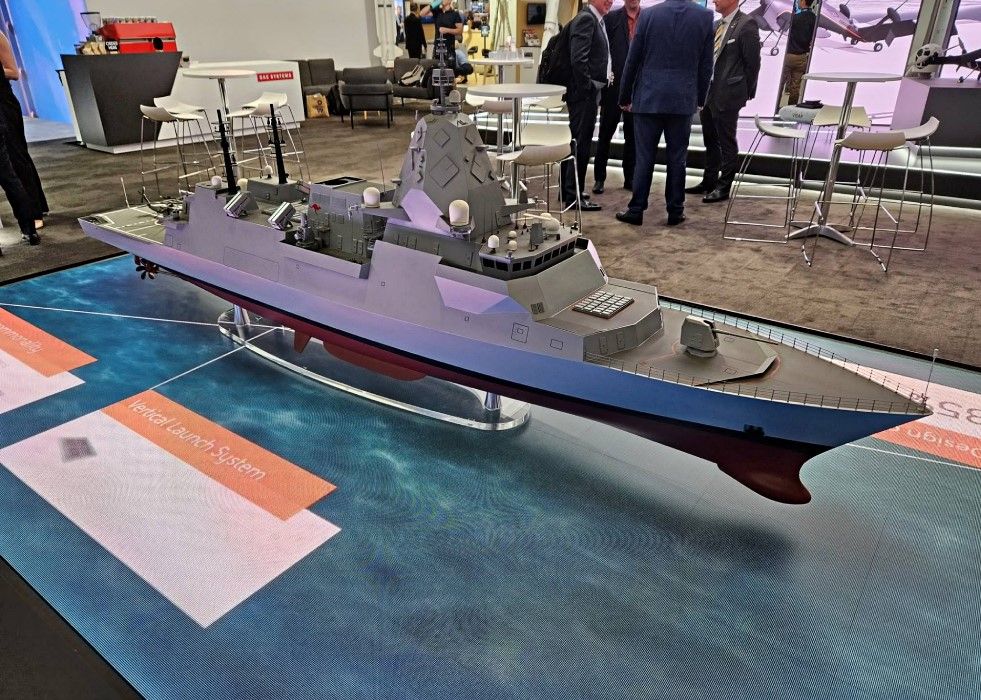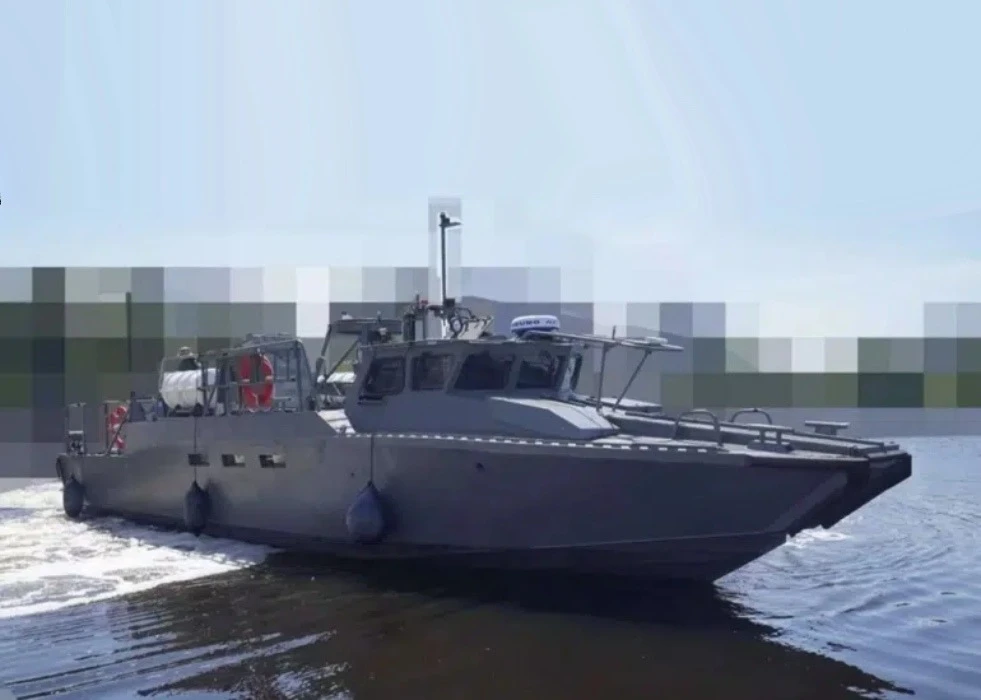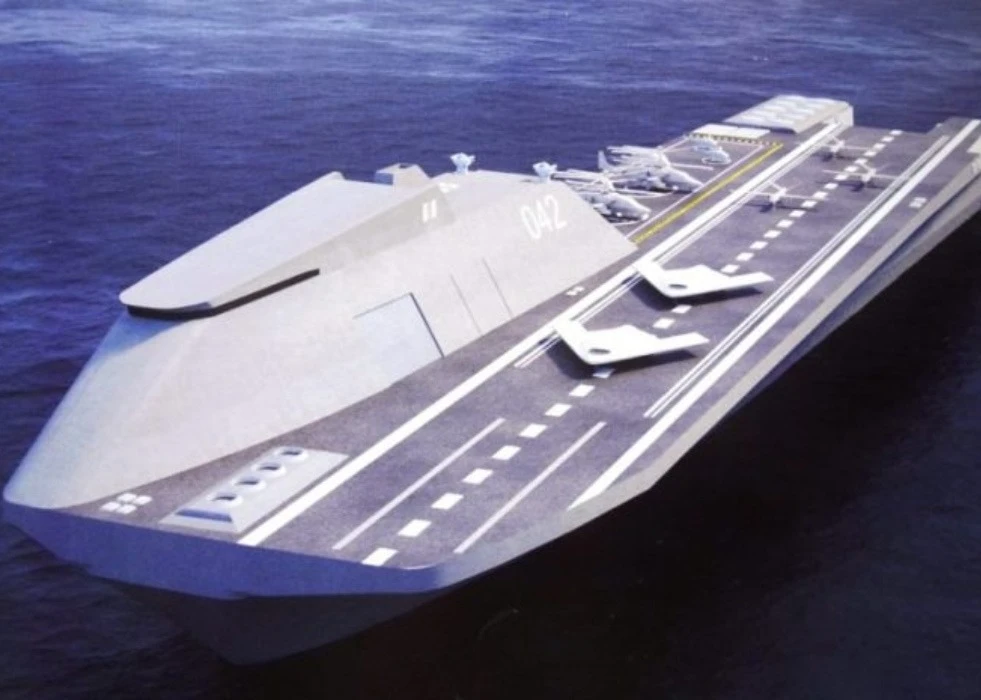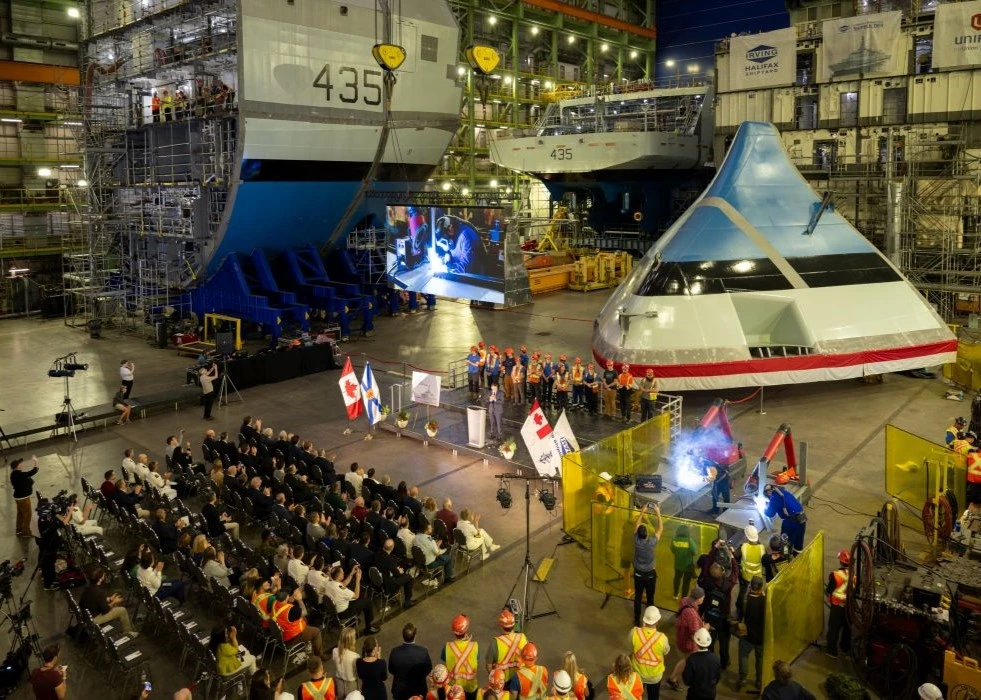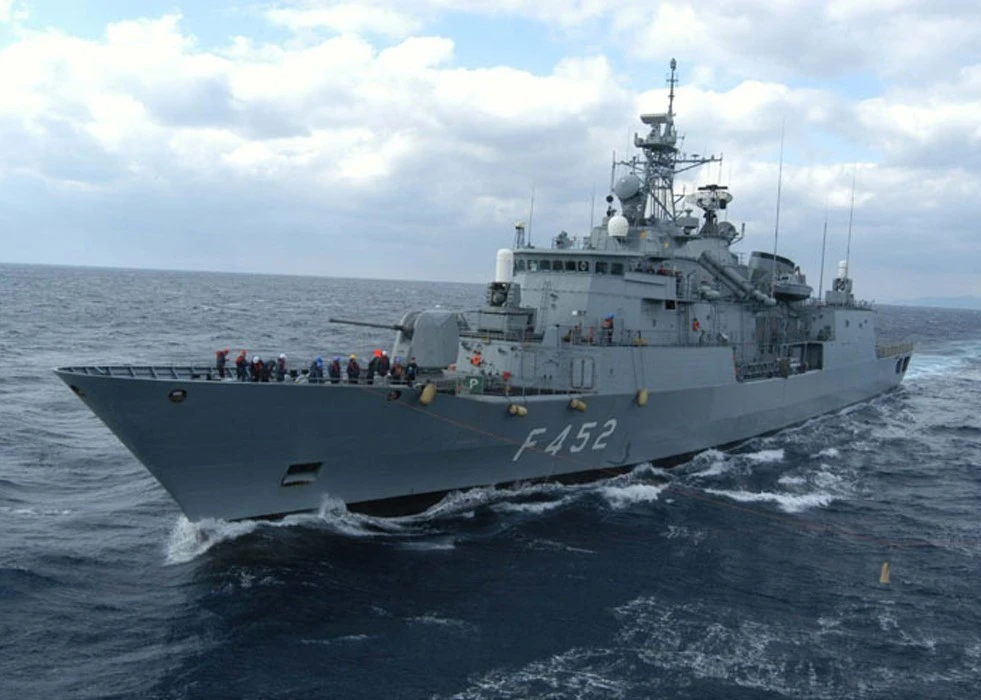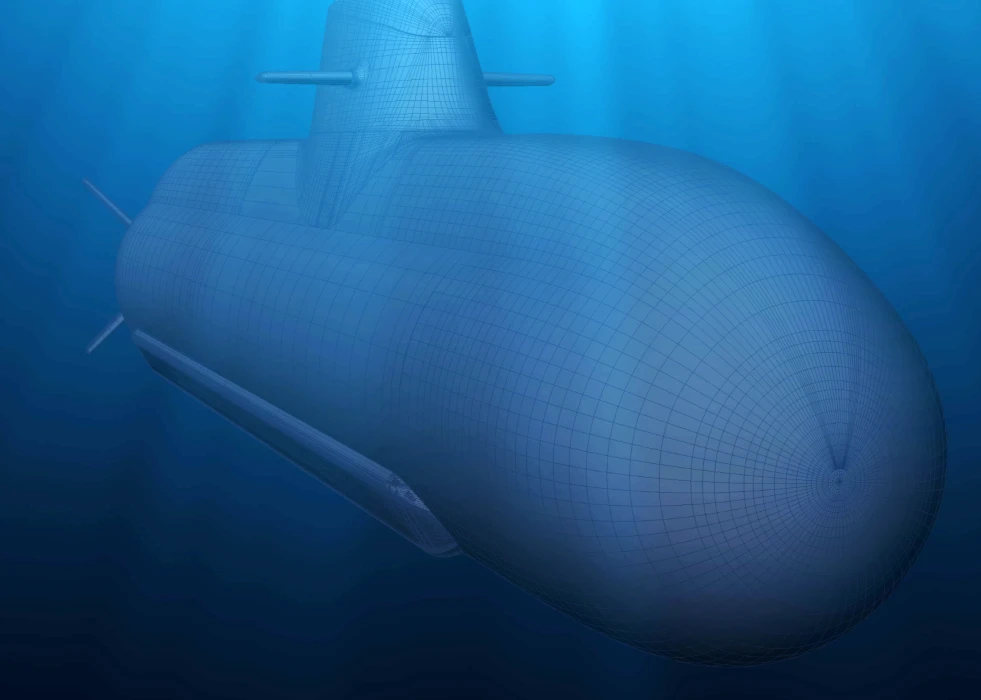The base configuration of the Hunter-class is fitted with 32 VLS cells, thus the modification would triple the count of available missiles. Said modification offered by British BAE Systems comes at the cost of the ship's modular mission bay and towed sonar to open up space and balance the weight change.
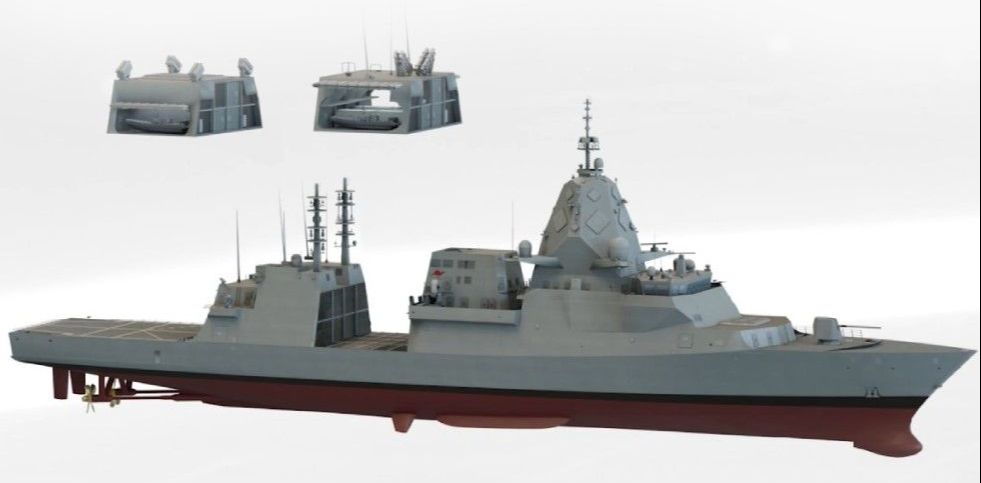
Having additional VLS cells can either increase the capacity for defence or offence by increasing the space for various types of missiles. Australia might opt for an increase in both capacities as a deal was signed with the U.S. for acquisition of Tomahawk missiles in August 2023.
As reported by Naval News, this modification to the design is considered for the second batch to reduce costs.
Hunter-class frigates are based on the Type 26 design of the United Kingdom, the most noticeable difference from the United Kingdom's City-class being a CEAFAR2 radar package instead of a Type 997 Artisan search radar. Nine ships in total are planned in three-ship batches.
Mission requirements should be considered thoroughly before such changes as they also take away some of the capabilities that some navies might consider more crucial than additional firepower.
For the last few years, modular sections have become popular with new warship designs. Such examples include the DDG-X project of the U.S. presenting the option of adding larger G-VLS cells in place of 32-cell modules and Turkish ASFAT's AS3600 frigate unveiled in IDEF'23, offering additional 32 VLS cells at midsection in addition to 32 cells present on the front.


